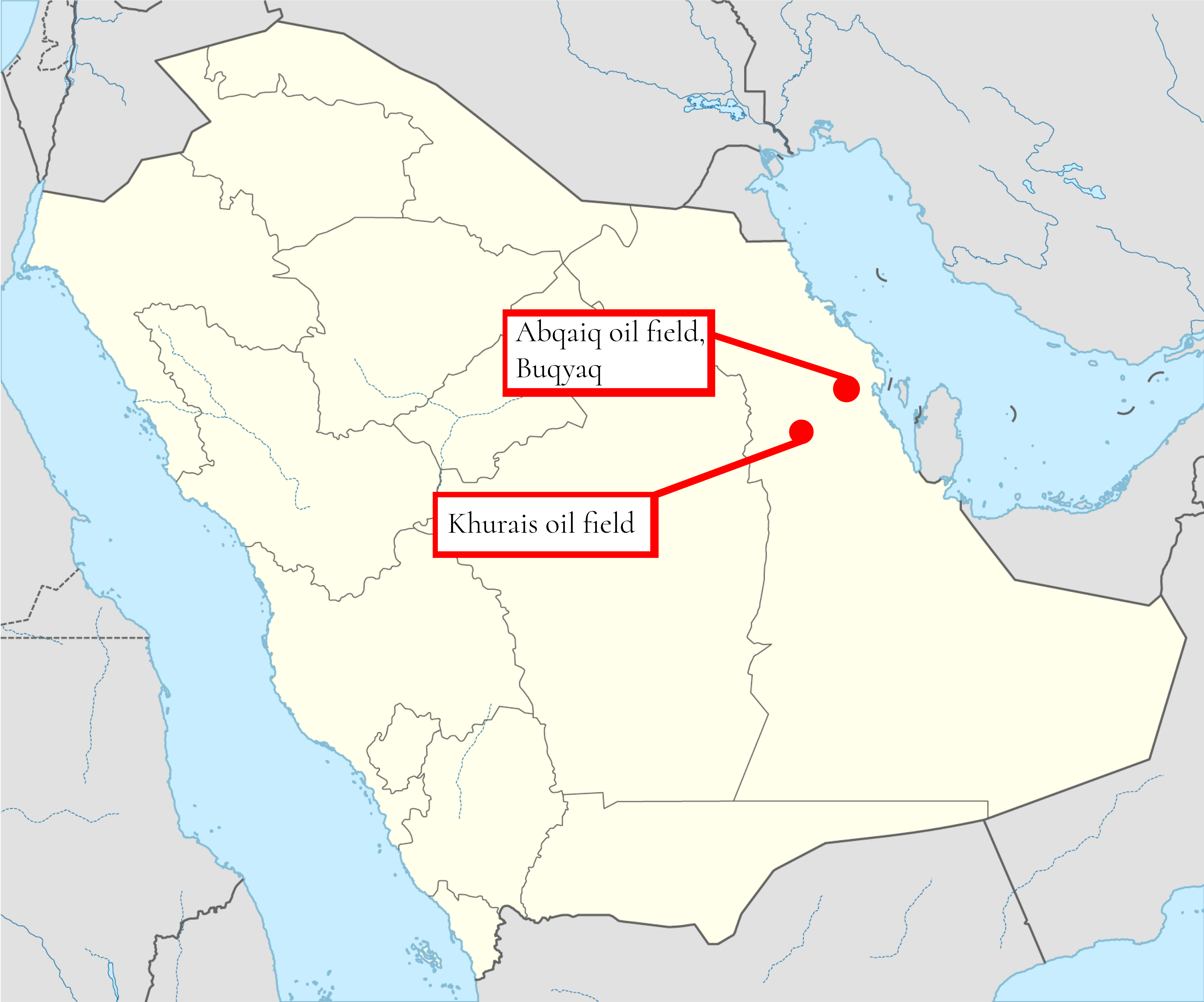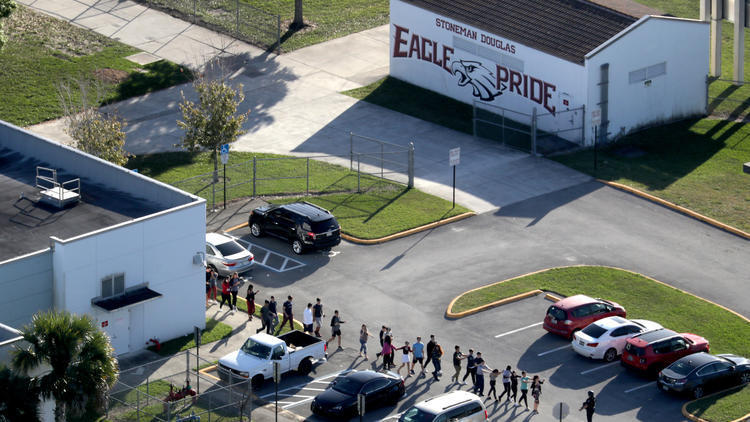What Happened?
On Saturday, Sept. 14, 10 drones struck two facilities of Saudi Arabia’s state-run oil company, Aramco, according to CNN. The attack was at the oil fields of Abqaiq and Khurais. Yemeni Houthi rebels took responsibility.
Despite the Houthis claiming the attack, multiple nations believe that the power of the strike surpassed the technological capabilities of the rebel group.
Saudi Arabia alleged that Iran bore some of the responsibility, saying Iranian weapons had been used. The country said it would “forcefully respond to these aggressions,” according to the New York Times.
U.S. officials directly blamed Iran for the attack, pointing to satellite photographs that showed the attack coming from the north or northwest of the country. Yemen is to the south of Saudi Arabia.
According to the New York Times, “The satellite photos alone are not enough to support American claims that the strikes appeared to have come from the direction of Iran or Iraq.”
The same article also states that a guided missile was likely used due to the precision of the strikes.
Iran denied any involvement in the strikes.
According to CNN, the strikes eliminated 50 percent of Saudi Arabia’s oil capacity. As a result, U.S. oil prices soared by 14.7 percent, the largest spike in a decade.
In Context
According to The Guardian, the Houthi movement seized the capital city of Yemen — Sana’a — in 2015, leading to a Saudi-allied Yemeni government to call on Saudi Arabia to help them stop the rebel group from seizing the rest of the country.
Iran backs the Shia Houthi group, providing them with weapons, money and military training.
Iran — a Shia Islam-dominated country — has been feuding with Sunni Saudi Arabia for decades over dominance in the Middle East.
The strike has escalated the conflict between the two nations, with war not being an option off the table.
The Latest
On Monday, Sept. 16, the Saudi government said that the attack did not come from Yemen, according to the New York Times. Saudi officials stopped short of promising immediate retaliation against Iran.
President Donald Trump issued a warning of the military capability of the U.S. and that the U.S. is prepared in the case of war.
“With all that said, we’d certainly like to avoid it,” Trump said to the New York Times.
In addition to U.S. oil prices rising, the global price of gas rose Monday by ten percent, according to the New York Times.




